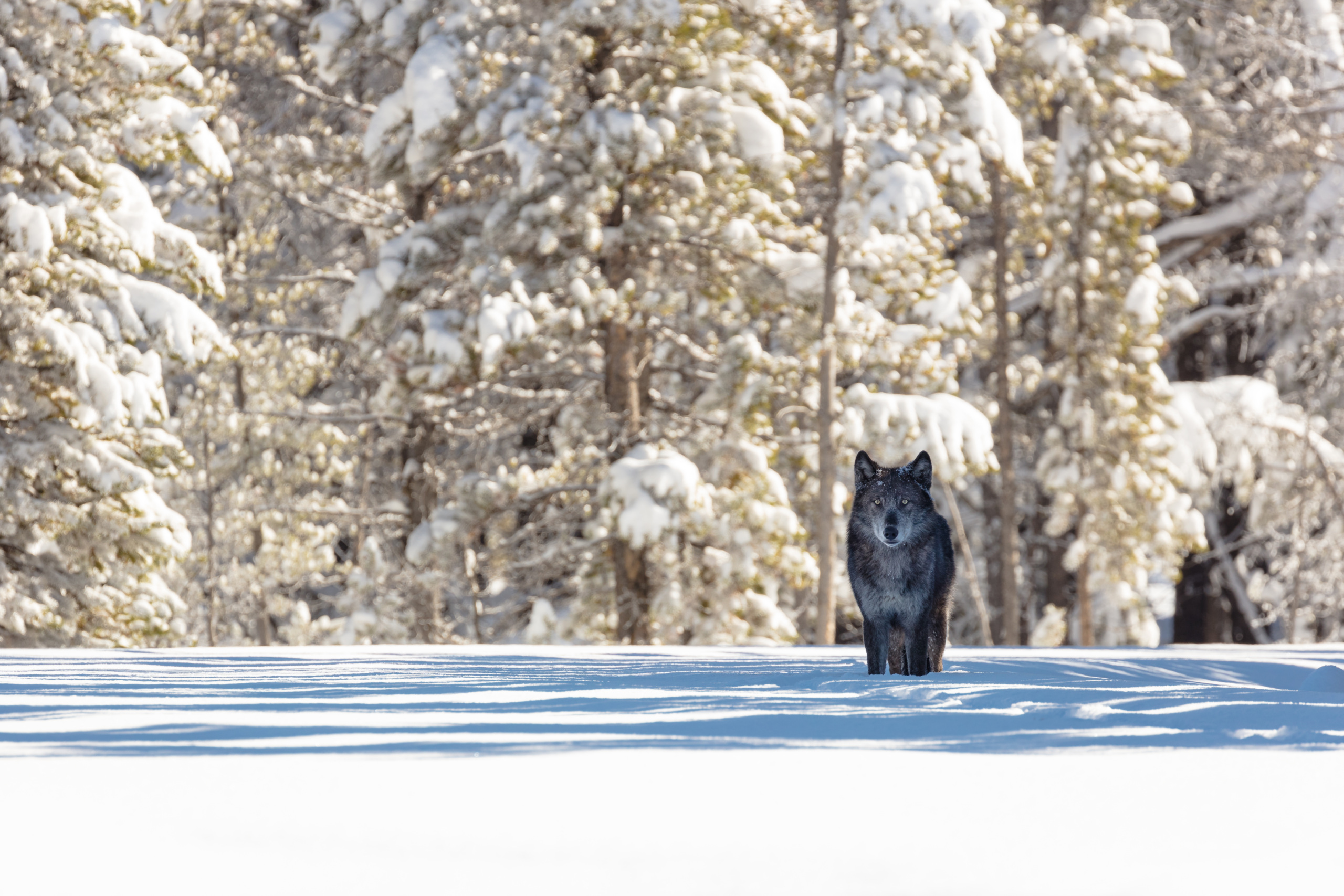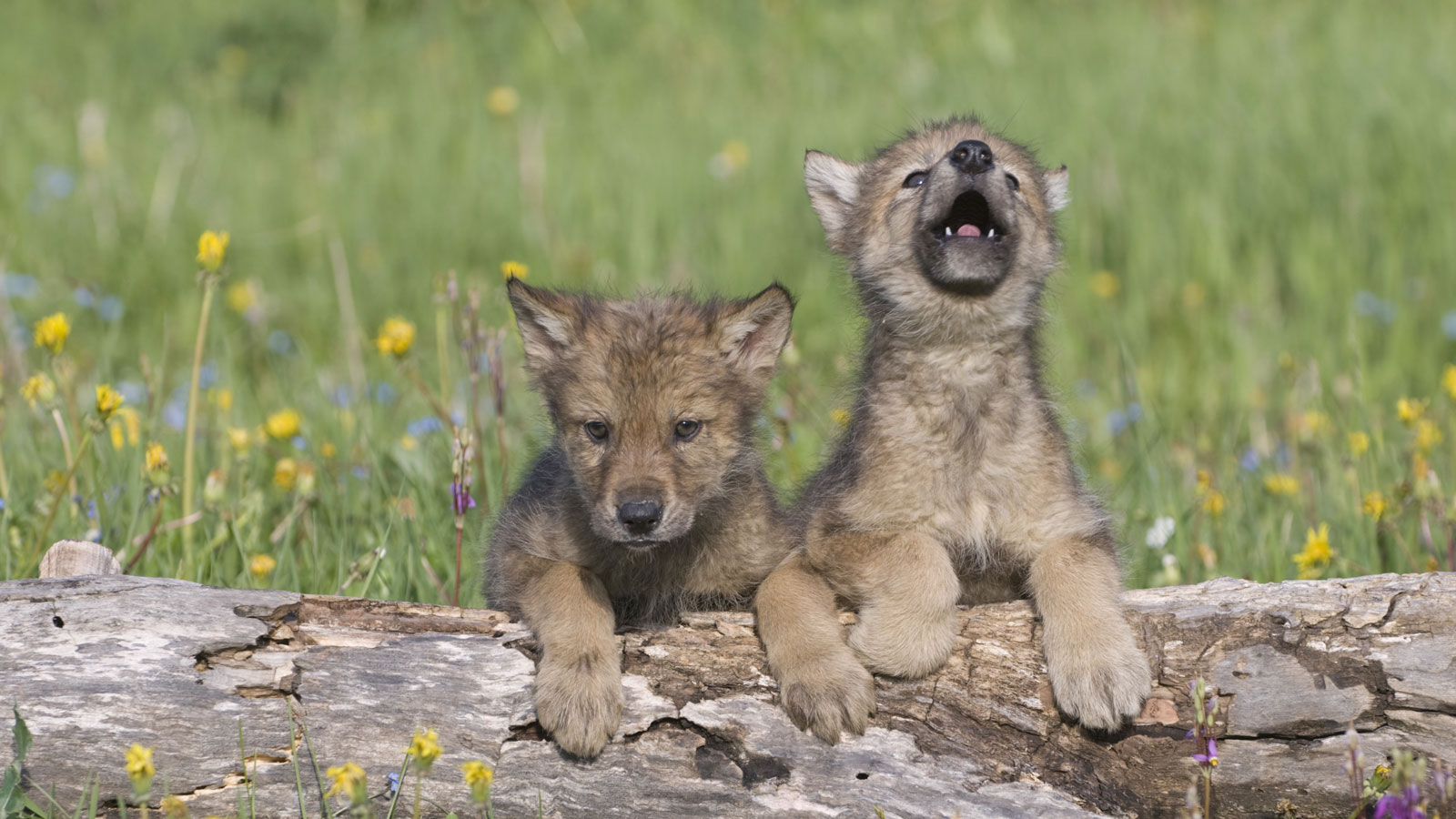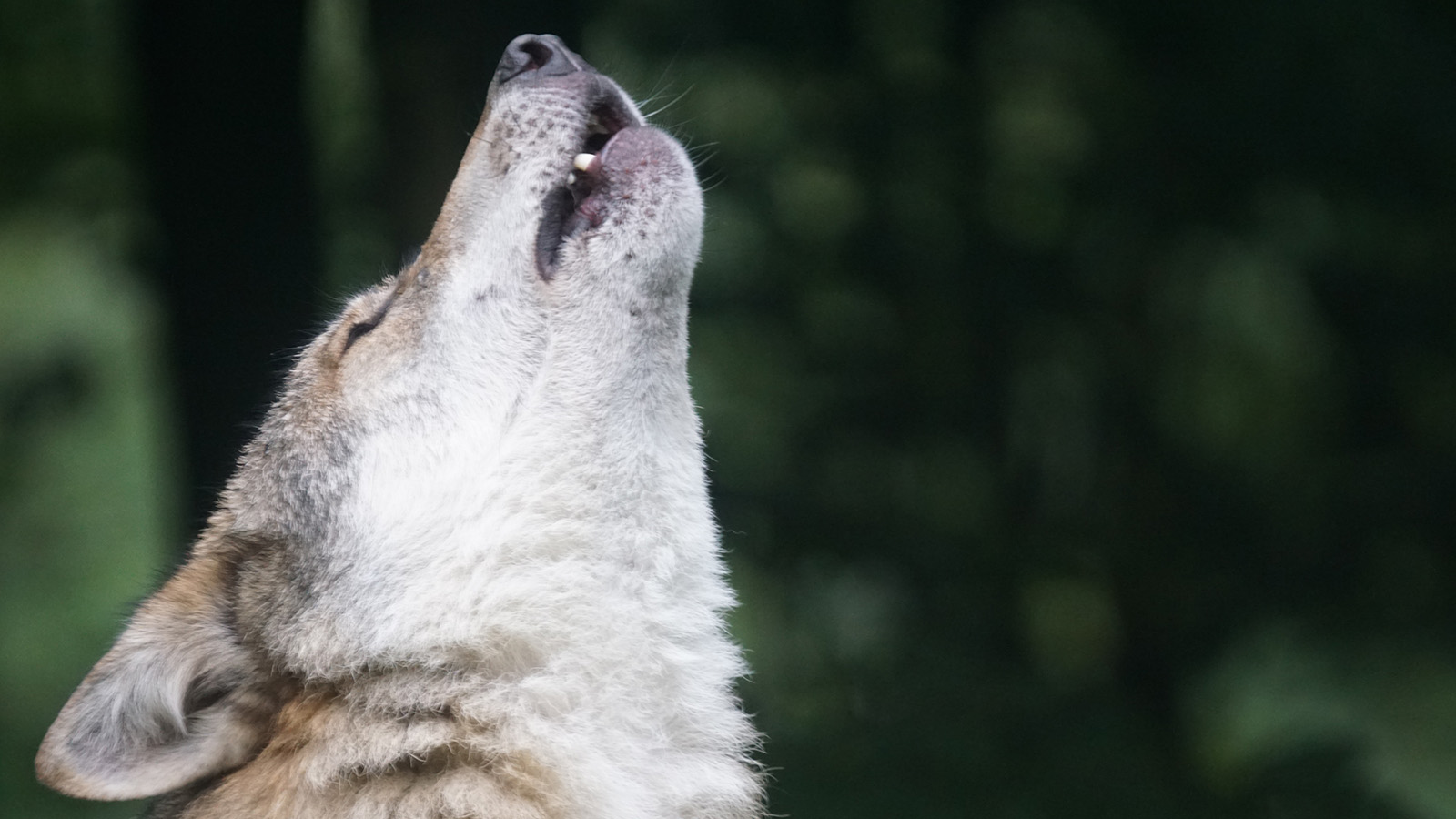
Your guide to wolf conservation in 2024
Where are wolves protected? And where are they in danger?
Here’s everything you need to know about the state of wolf conservation as we enter 2024.
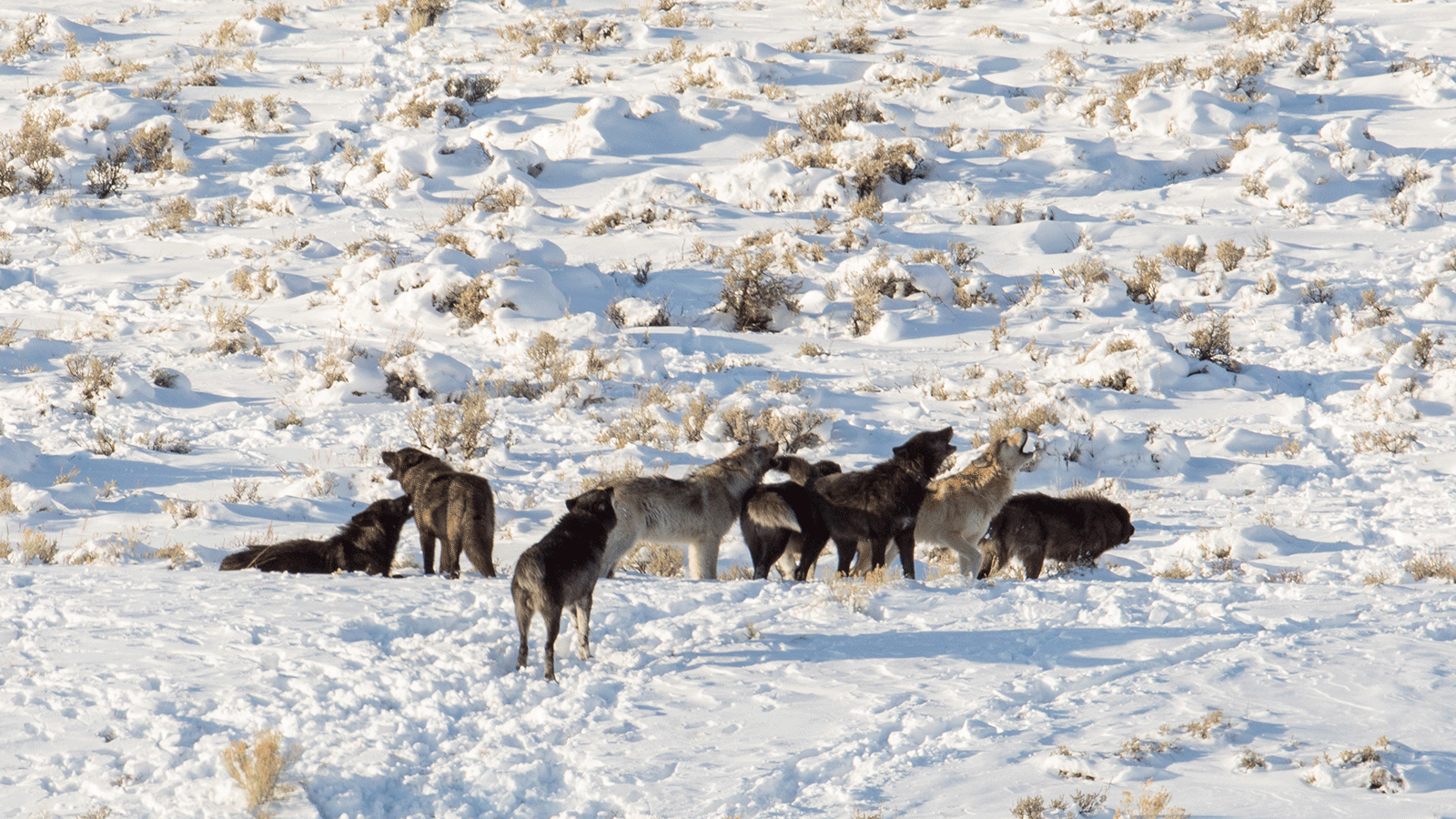
If it were completely up to us, wolf conservation would be simple: We believe these amazing animals deserve the strongest possible protection everywhere they roam.
But unfortunately, the past few years of wolf conservation in the U.S. have been a complicated shifting landscape. Their protection was removed, then partially restored — and more changes could be on the horizon.
Where are wolves protected? Where are they in danger? And how many of our most endangered wolves are left?
Here’s your guide to the state of wolf conservation as we enter 2024:
Gray Wolves
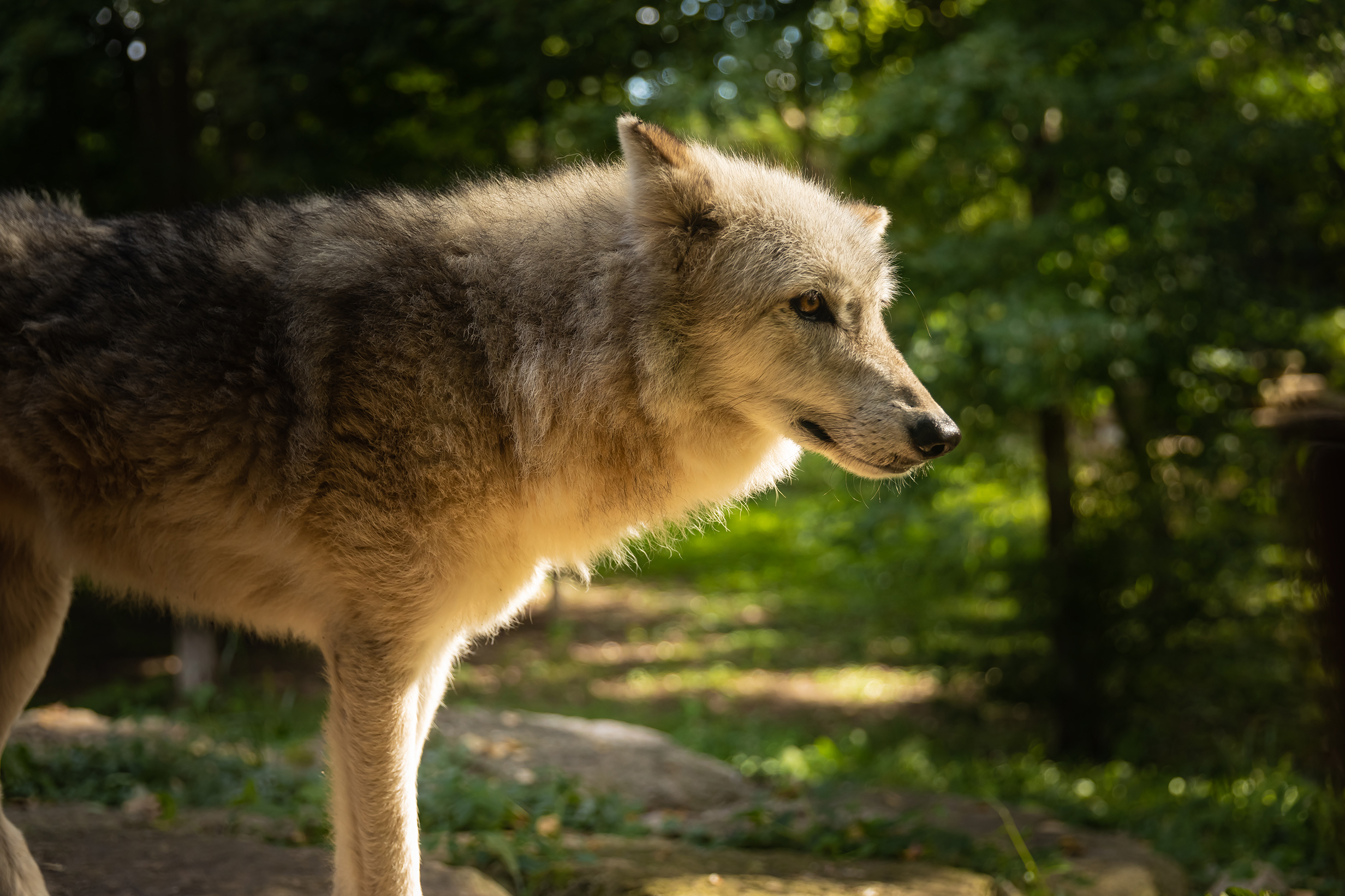
The federal Endangered Species Act (ESA) protects vulnerable wildlife by making it illegal to kill or harm listed species or their habitat. Gray wolves in the Lower 48 states were first protected under the ESA in 1978, creating a path for their recovery.
In the years since, those protections have been gradually weakened. The worst blow to wolf recovery came in 2020, when the Trump administration fully eliminated ESA protection for wolves across the entire country.
The result? Wolf hunts, and the slaughter of hundreds of wolves.
Environmental Action supporters and wolf-lovers everywhere sprang into action to urge the Fish and Wildlife Service to restore ESA protection as soon as possible. In February of 2022, we won an important victory: Protections were restored to wolves across almost every state in the Lower 48.
But protection was not restored for the wolves of the Northern Rockies region. In states like Idaho, Montana, and Wyoming, wolves can still be killed by the hundreds.
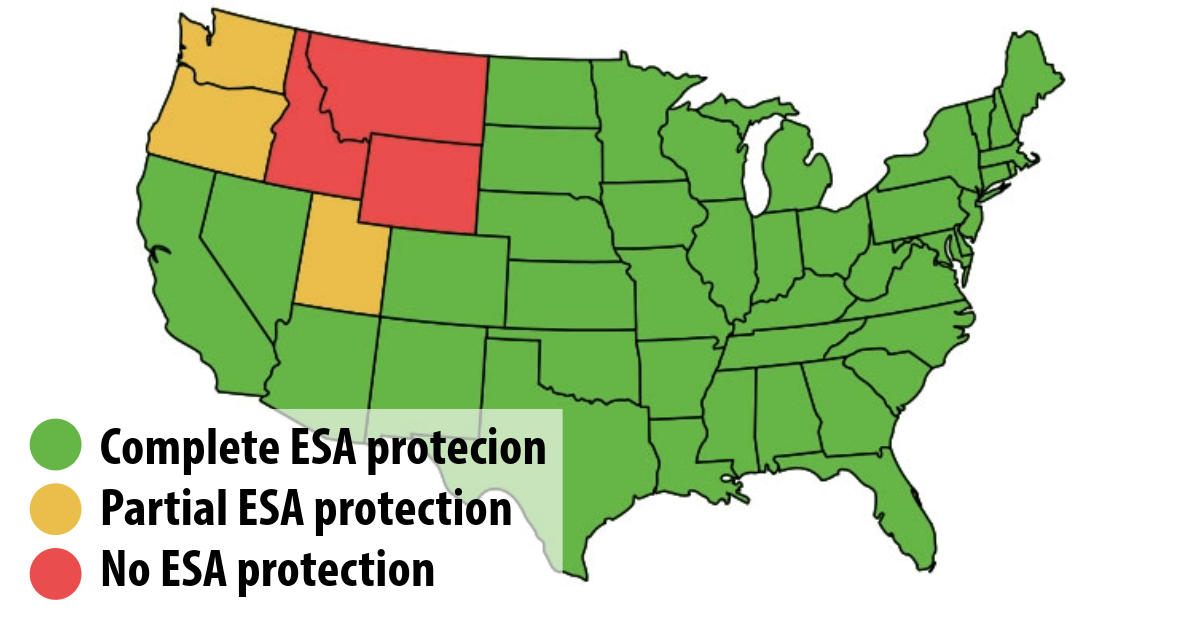
Idaho and Montana are planning state-sponsored wolf hunts this winter with the aim of eliminating more than 1,100. And in most of Wyoming, any number of wolves can be killed on sight. Restoring ESA protection to the wolves of the Northern Rockies is a matter of life and death for the wolf populations there.
2024 could bring some important changes to the landscape of gray wolf conservation.
The Fish and Wildlife Service announced that it will publish a new proposal concerning the ESA status of wolves in the Lower 48 states in early February. This will kick off the process of collecting input and comments from the public about the proposed rule, and we’ll connect you with your opportunity to speak up for the wolves as soon as the time comes!
Red Wolves
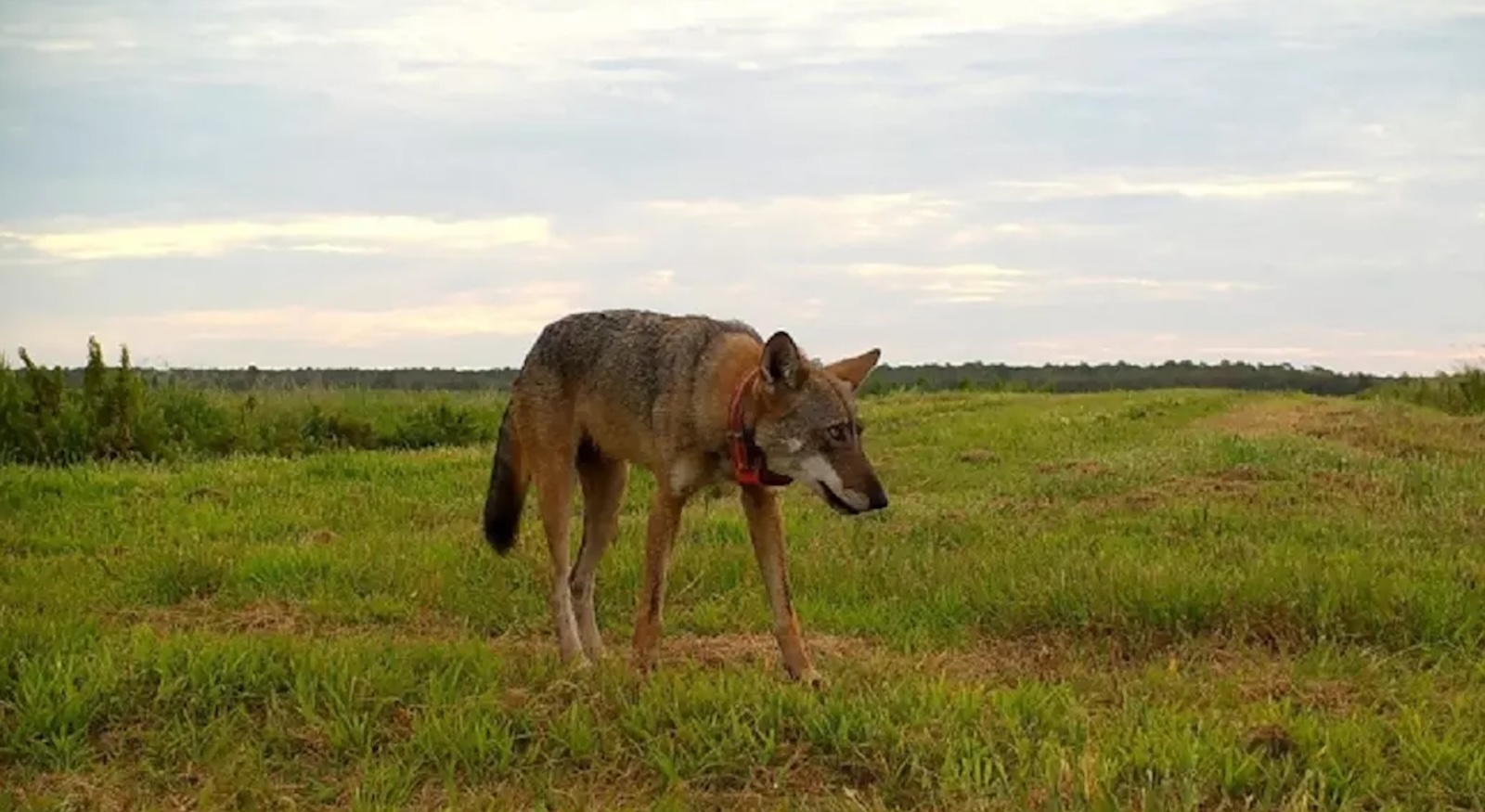
With only 13 known individuals remaining in the wild in North Carolina’s Alligator River National Wildlife Refuge, red wolves are some of the most critically endangered animals in the world.
They’re also the only uniquely American species of wolf – they live nowhere else on the planet. That’s part of why Environmental Action has been working for years to promote robust protections for these endangered wolves.
At the end of 2023, we reached a critical juncture. After years of planning, the FWS finally released its fully updated recovery plan for the red wolf. This outlines the concrete steps the agency plans to take in order to ensure the wild population of red wolves can grow and thrive. The plan contains several features that Environmental Action supporters petitioned the FWS to include, like releasing more captive red wolves to bolster the wild population.
But red wolves still face many dangers. At least 5 adult red wolves and 1 pup were killed in 2023. Investigations about the deaths are still ongoing, but several wolves have been killed by cars, and at least one was killed by a gunshot. It’s clear that we still have work to do to ensure red wolves are safe to thrive in their habitat.
Mexican Gray Wolves
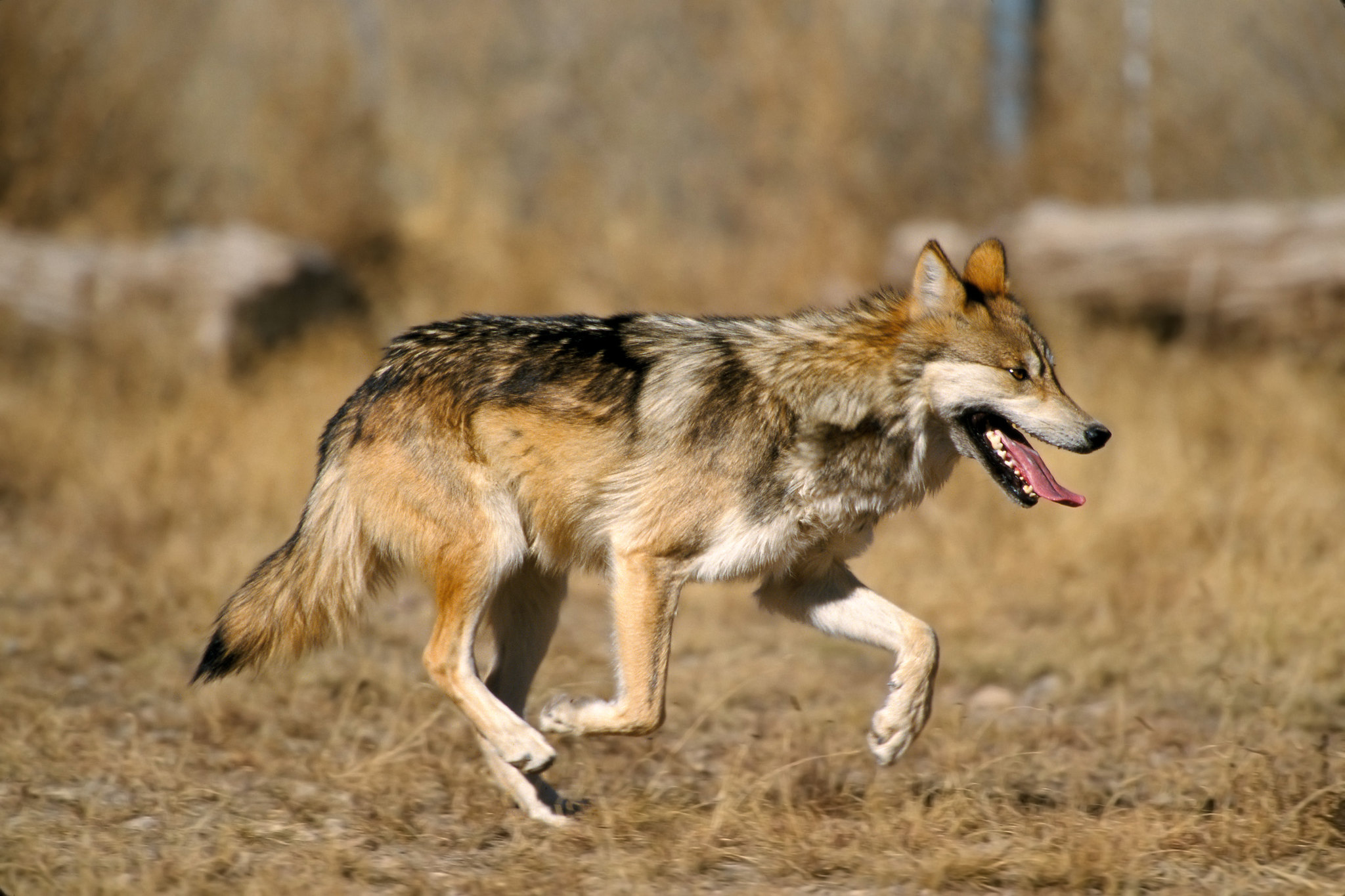
The Mexican gray wolf, or lobo, is the rarest subspecies of gray wolf in America — but thanks to decades of conservation work, their small population is growing. As of the last count, at least 241 lobos are roaming wild and free in Arizona and New Mexico.
The population of lobos is starting to outgrow its “recovery area,” or the specific area of habitat defined by the FWS beyond which the wolves aren’t meant to roam. Last year, one lobo named Asha left the recovery area multiple times in search of new territory to found a pack of her own.
In 2024, we plan to urge the Fish and Wildlife Service to expand the lobo recovery area so that these wolves are free to return to their ancestral territory, and so their population can continue to grow and thrive.
From gray wolves, to red wolves, to lobos: At Environmental Action, we’re committed to building a safer future for all of America’s wolves — and we’re glad you’re with us.

Thank you for reading. Now, we have a small favor to ask.
We stand up for the environment, and it’s people like you who make it all possible. Our staff research the issues, educate the public, and win tangible results for a greener future. Our members put grassroots support behind our research and advocacy.
Now more than ever your support can make a difference. As threats to the planet grow, our work becomes more important every day. Every contribution to Environmental Action powers our research, fuels our advocacy, and sustains our future.
